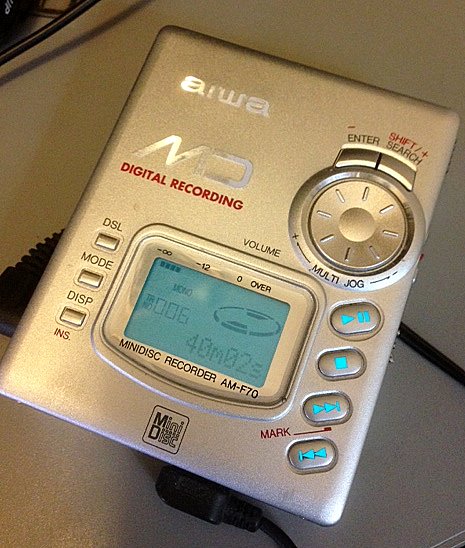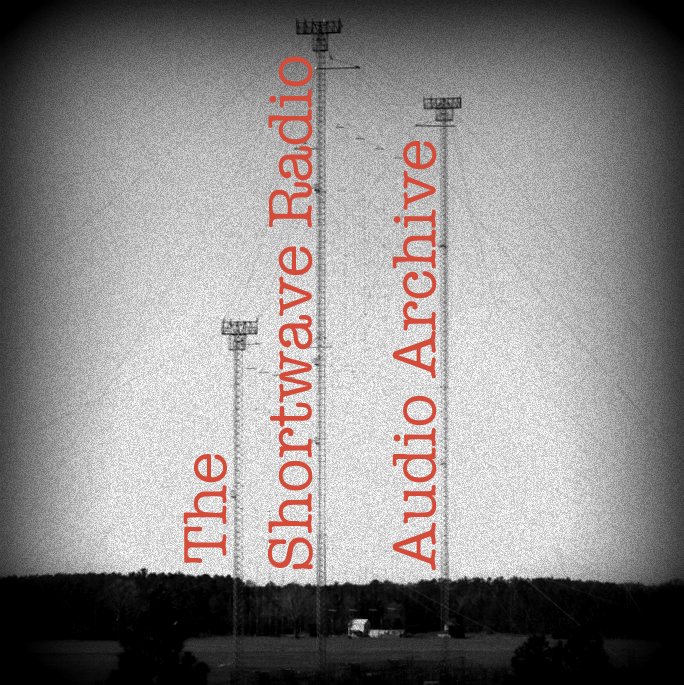Yesterday–New Year's Eve, 2014–I spent some time listening to a few broadcasters as the new year passed through their time zones. While I missed hearing Radio New Zealand International (the first to welcome the New Year on the air), I did manage to catch Radio Australia, and the New Year was celebrated with no fanfare; one program merely ran into the next, and there was a brief mention of 2014's arrival in the headline news.
Oh, but it wasn't that way when we moved into the year 2000...
Rewind 14 years
Back in December of 1999, before setting off to visit family for the New Year, I had a sudden notion: I decided it would be fun–and a bit novel–to record radio broadcasters as each moved into the new millennium. As we were packing the car to travel, I changed my mind about using my Grundig Yacht Boy 400 to accomplish this fairly ambitious, round-the-world listening/recording endeavor; instead, I grabbed my ham radio transceiver, an Icom IC-735, and packed it, along with a hefty 12-volt power supply. While my IC-735 lacked AM filters (at the time) it had much better sensitivity than the YB400, especially when hooked up to a decent antenna. I also had the foresight to take along a few odds and ends, including a mechanical antenna tuner and a spool of long wire.
To record the broadcast, I used my trusty Aiwa AM F70 MiniDisk recorder–remember those? Upon arrival at our extended family's home, they kindly permitted me to erect a long wire antenna in a sloping configuration in their yard. It did a fine job netting the airwaves. The MiniDisk recorder recorded brilliantly, allowing me to monitor levels and even edit afterward.
As a result, I spent New Year's Eve 2000 recording station after station as the earth turned. It was great fun, and meanwhile had very little impact on our family celebrations as I simply left the recorder running for long periods of time.

























